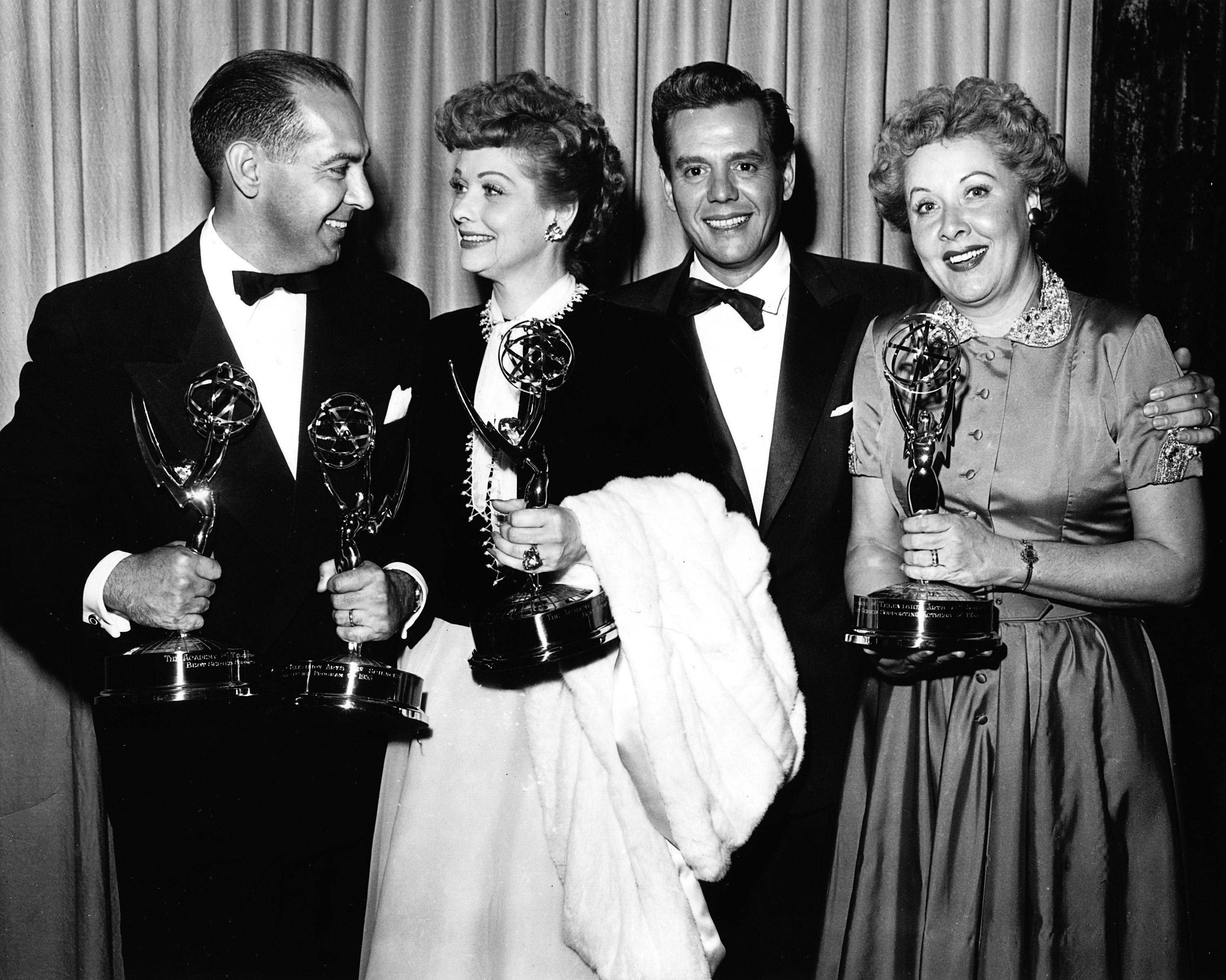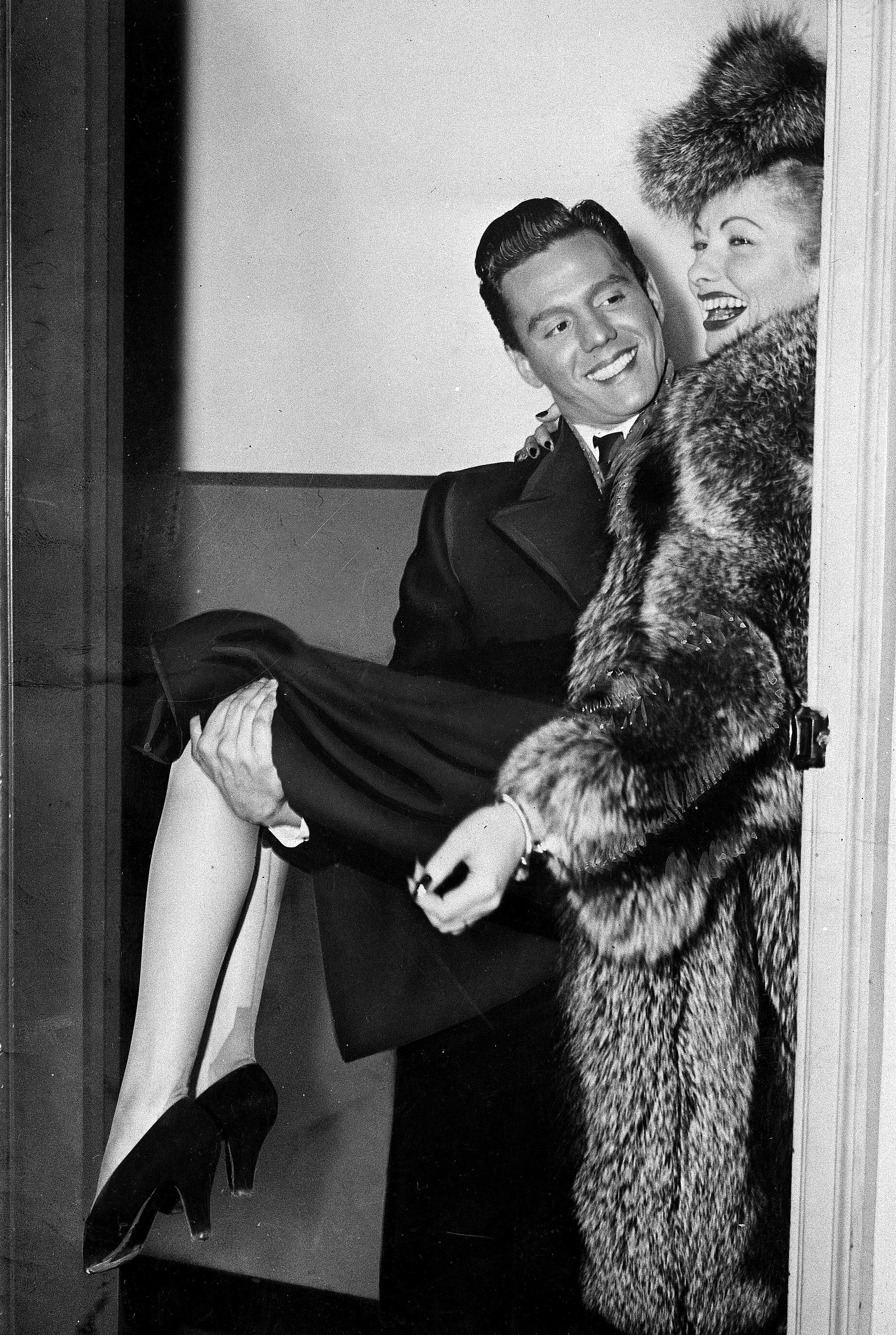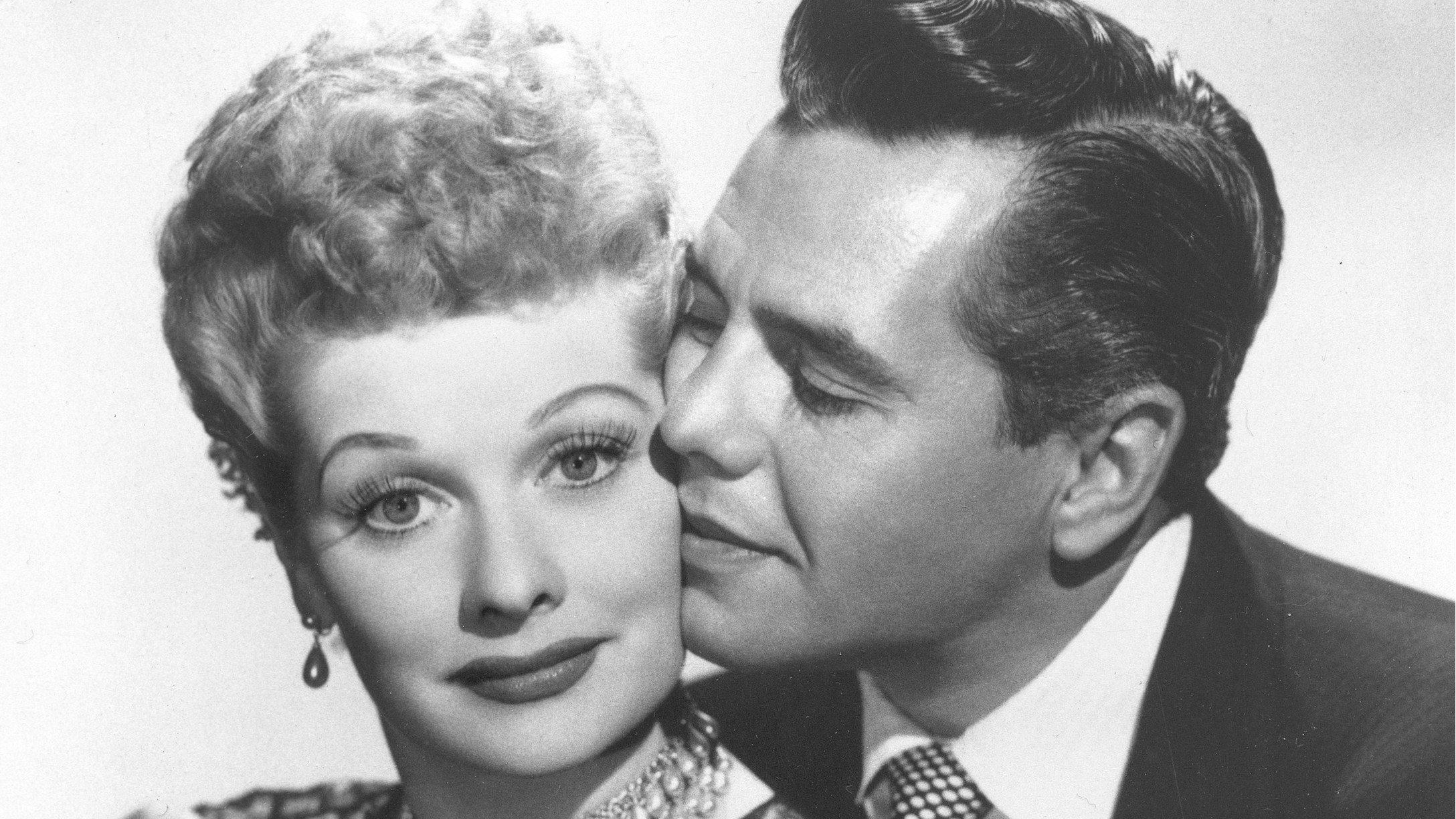Last summer Stephen Greenblatt, a teacher of English at Harvard, wrote a breathtaking appreciation of The Merchant of Venice in the New Yorker. It was called “Shakespeare’s Cure for Xenophobia.” In this piece, Greenblatt, a Jew whose grandparents fled czarist Lithuania in the late 1880s, talks about the discomfort he at first felt, as a teen at the all-male Yale University in 1961, on grappling with the character of Shylock. Should he, as a serious student of literature, identify with Shylock, or with Shylock’s enemies? This struggle came at nearly the exact moment Greenblatt experienced literal anti-Semitism at Yale, when a financial aid officer refused him a research assistant job on the grounds that there were too many Jews trying to “wheedle money out of the university.” Even so, he discovered that what he really wanted, if he could, was to identify with everybody.
I came to a decision. I wasn’t going to allow myself to be crushed by the bigoted financial aid officer, but I wasn’t going to adopt my parents’ defensive posture, either. I wouldn’t attempt to hide my otherness and pass for what I was not. I wouldn’t turn away from works that caused me pain as well as pleasure. Instead, insofar as I could, I would pore over the whole vast, messy enterprise of culture as if it were my birthright. . . . I was determined to understand this birthright, including what was toxic in it, as completely as possible.
The word birthright here is telling, I think. It hints at the complexities of what Greenblatt might have chosen to say, or not say, about what it means to be an American Jew, then and now. It suggests, simultaneously, that a modern intellectual of any background can have more than one birthright. Also that all of us have the same global, world-historical literary birthright. He presses this last point home:
I was eager to expand my horizons, not to retreat into a defensive crouch. Prowling the stacks of Yale’s vast library, I sometimes felt giddy with excitement. I had a right to all of it, or, at least, to as much of it as I could seize and chew upon. And the same was true of everyone else.
As a native Californian of Cuban extraction, I haven’t got that much in common with Stephen Greenblatt—but I’m reading the New Yorker and scrawling #SAME in the margins. The empire of letters is free.
Greenblatt’s touchstone in this piece was The Merchant of Venice, but I grew up in Long Beach in the 1970s, and mine, or one of mine, is the television show I Love Lucy. His cultural consciousness precipitated in an association with Shylock’s villainy; mine, in an association with the charm and goodness of the character of Ricky Ricardo—the “I” who Loved Lucy. There were many glamorous Latino entertainers at that time, but Ricky Ricardo demonstrated something else to American audiences—not exoticism, but ordinariness. He showed that a Latino man could be from Cuba and speak English with a comically thick accent, and also be trustworthy, a good dude, a salt-of-the-earth character in his family life. In the character of Ricky Ricardo, the real, Cuban-born Desi Arnaz and the show’s writers—a diverse group hailing from San Francisco, Indianapolis, and McKeesport, Pennsylvania—altered forever what Americans of all kinds thought about immigrants and about Latinos. About what kind of person might be “one of us.”
Ricky was just like any young American husband working hard to take care of business. But this was a TV show, and so he had to be particularly, especially responsible, talented, handsome. An admirable and lovable version of people like ourselves. “Ourselves,” then—who was ourselves? This was a question I began, very dimly, to ask myself, just as Greenblatt had years before.
I’m the first in my family to be born in this country, among my mother’s Cuban relatives who emigrated to the US in 1958. Like Desi Arnaz, my mother was a nightclub entertainer in Havana. My uncle Tito looked very like him. Desi, whose English so closely resembled the way my family spoke it, was as natural to me as breathing. What I wasn’t thinking about at the time was that I was seeing so much of my own life reflected back at me on TV. There wasn’t a lot of real Cuban culture on view in I Love Lucy, but there was a great deal of the real interplay between white and Latino culture, between white and brown people, and a demonstration of how they could love and understand one another.
I did see even then (again, dimly) that there was something important about white people seeing that Latinos were “just like us”—and just as importantly, that there was a popular and positive place in the culture where I could see that question asked and answered. There was place, a way, for everyone who wasn’t like me—who was white, or Asian, Middle Eastern, black, Muslim, Jewish—to see that Latinos like me could be trusted, could be liked and loved . . . also, could be made fun of and teased. We were allowed to be both good and valuable, and silly sometimes. Wrong sometimes. And that openheartedness then could extend back from me to others as yet little understood.
When our friends tease us and make fun of us, sometimes it can be a little brutal. It’s a scary kind of fun, especially for younger people, to test the limits of our affections, and such a relief when the dam of affection holds. When you can roll your eyes at a joke that has just one percent of truth in it. When hyperbole can make you laugh instead of hurt. Good people, people of heart and conscience, can tease and be teased by those whom they like and trust. I don’t want us to lose that openness. The possibility of losing it in these fractious, parlous times seems to threaten a central thread in the web of trust between us all.
I’m not trying to say that I Love Lucy’s glossing over of race tensions, its absolute refusal to look pain or disaster in the eye, was uniformly a good thing. But there was a good thing about it, in its depiction of admiring the other.
Last year, when I covered the first Bill Cosby trial in Pennsylvania, I discovered that one of the hardest things to face is the mixedupness of what our media can show us. It has to be this way, because the real world is so terribly mixed up. There is absolutely no doubt at all that Bill Cosby did some good. The show he created was the first one where black Americans were shown as a working family with the most ordinary concerns, very much in the vein of I Love Lucy. Though the Huxtables were already “established” in the way one was meant to hope the Ricardos would someday be, they too demonstrated affection, a willingness to evolve, to improve, to take their place in society as thoughtful people, as equals with everyone else.
But it was hard to remember anything good about The Cosby Show while I sat in the courtroom, listening to the terrible things the creator of this show did to the women who relied on him and looked up to him. Even now I don’t like that it’s true that Cosby did good things. The world is so much more comfortable when it’s less complex.
The amiable, goofy, deliberately trivial character of television programming in the ’50s—and its novelty, too, for television itself had been around for only a few years—quite blinded people to most of its cultural or intellectual significance. There was as yet no such thing as academic criticism of popular culture outside of, say, the Frankfurt School, whose philosophers were contemptuous of mass entertainment and completely missed its real moral and social import, its thoughtfulness and nuance.

I Love Lucy was tightly scripted by some really excellent writers, Jess Oppenheimer, Madelyn Pugh, and Bob Carroll, Jr.; these three were mainly responsible for the light touch of the show’s friendly, egalitarian moral universe. (By the way, Madelyn Pugh, like so many writers, started her career at a high school newspaper; her co-editor on the Shortridge Daily Echo in Indianapolis was Kurt Vonnegut. Which is not so surprising, in a way.)
The basis for I Love Lucy was a popular radio show called My Favorite Husband. Producers had originally tried to cast a white actor as Lucy’s husband, but the stars themselves insisted the role be played by Arnaz, because the IRL Arnaz-Ball marriage had been suffering the strain of long professional separations. The studio was worried about how the interracial marriage would play—there’s really no exaggerating the shockingness of showing such a thing on television in 1951—but Lucy and Desi put on a live touring show to test audiences, and its popularity won the bosses over. Originally the story had been about a movie star and a famous bandleader and their life together, but it was thought that ordinary Americans wouldn’t be able to relate to that. So instead, the marriage in the show was retooled in order to give a picture of a more ordinary American life. Lucy was recast in the role of what used to be called a “housewife,” who stayed home while her husband, a talented young bandleader, tried to climb the professional ladder. It was aspirational, a little breathless—a young couple in love, starting a family, trying to “make it.”
In its original broadcast, I Love Lucy aired from 1951 to 1957. That was a few years before I was born, but I and everyone else saw it endlessly in reruns. It’s nearly unimaginable now, but in those days there was no cable, no internet, no video games or PCs, no cell phones or VHS tapes or CDs. Also no Civil Rights Act; that would not be signed until 1964, seven years after the show ended its original run.
Lucy and Desi were a beautiful couple physically, mature adults—Lucille Ball was 40 and Desi Arnaz 34 when the show began—who were very complice and at ease in each other’s presence. When they kissed on-screen it was scarcely ever just once, but again and again. They modeled what passion could look like in a long-term, monogamous relationship, among so many other things. And on January 19, 1953, when Lucy gave birth to Little Ricky on the show, 44 million people, rapt before 72 percent of the country’s televisions, were watching. It’s often been reported that the whole country rushed to the bathroom at once during the commercial break, creating sudden water shortages.

The real Arnaz-Ball marriage, it’s important to say, was troubled. It was a passionate, loving relationship, but Desi Arnaz was a heavy drinker with a tendency to stray. The couple had several miscarriages before they became parents, devoted ones, twice over. They remained lifelong friends after their divorce in 1960.
The secret of I Love Lucy’s success—it was the most-watched show in the country in four of its six seasons—is that Lucille Ball and Desi Arnaz were willing to poke fun at themselves and at one another, to cast themselves and one another in a foolish light for laughs, along with the immortal William Frawley and Vivian Vance as the Ricardos’ landlords, Fred and Ethel Mertz. This atmosphere of good-natured self-deprecation was balanced against the show’s willingness to show all the characters as worthy of respect, that each of them could be right sometimes and each of them wrong. And (to my mind the best part) there was gentle mockery of their cultural differences—the badness of Lucy’s Spanish was mocked just as Desi’s English was—and there was a door open to loving those differences.
Let’s watch a little bit of it!
Nowadays I find the language of difference is altered and has become much more judgmental. It’s less okay to joke. Would it be possible to show this scene on TV today? I worry that the increased distance between us forbids too much of the natural human interplay, and the intermixture of cultural information that is positive and necessary for a healthy society. It should be okay to love and admire those who are different from us; I think I Love Lucy modeled a healthy cultural egalitarianism really effectively.
It’s dangerous to talk about this, because one risks wading out into the Lionel Shriver territory of blindness and insensitivity to cultural appropriation, and to the reinforcement of racist attitudes. But it’s worth talking about, because I want to advocate for positive appropriation, the kind that comes out of love.
Here is a terrible confession. When I first learned the word orientalism, it was as a beautiful idea concerning mainly the love of England for the countries of the East, as shown in the steamy tableaux of the Pre-Raphaelite painters and the fantastical operettas of Gilbert and Sullivan. My favorite building in all the world is the Royal Pavilion at Brighton, that outrageous Regency confection full of dragons and fake bamboo. There is something irresistibly beguiling about these fantasy views of the East. The obviousness of their inaccuracy has a strangely tender appeal; it’s our clumsy desire and attempt to understand, dressed up, embellished, romanticized. Again, a matter of love, against a dark, troubled background.
I want to be responsible, and sensitive. But I can’t see anything not to love in the white British author Ernest Bramah’s comic chinoiserie literature of the 1920s. Bramah is better known for his blind detective, Max Carrados, but if I could award a prize for the best chapter title in English letters, I would surely bestow it on chapter three of Kai Lung’s Golden Hours (1922): “The Degraded Persistence of the Effete Ming-Shu.” Bramah’s Kai Lung books are really sublime, provided you can find it in yourself to enjoy a kooky, antiquated, rococo imitation-Chinese English style.
“It has been said,” he began at length, withdrawing his eyes reluctantly from an unusually large insect upon the ceiling and addressing himself to the maiden, “that there are few situations in life that cannot be honourably settled, and without loss of time, either by suicide, a bag of gold, or by thrusting a despised antagonist over the edge of a precipice upon a dark night.”
Ernest Bramah, Kai Lung’s Golden Hours
I feel so strongly that it would be a terrible thing to throw the baby out with the bathwater, to make of exoticism only and always a crime. It is not excusing the evils of colonialism to see and even try to imitate the beauty in Japanese woodblock prints. Are we to get rid of every Chinatown and Little Tokyo in every Western city? And replace them with . . . what?
Isn’t the whole purpose of art to encourage identification with the other? How can this be done in a one-way manner, only as instruction, never as an exchange?
When we love the other, it doesn’t take away any of the ugliness that came with the whole history of exploitation, racism, and oppression. In Arcadia, Tom Stoppard talks about how it’s not possible to stir the jam back out of the porridge. Well, you can’t take the ugliness out of human beauty, and it seems to me that this is what we have been trying to do in recent years. And we will fail, necessarily, to advance our civilization unless we honor the whole truth in its complexity, in what there is to love, and not love, about human beings.
Take the film Moonlight, for example; it goes right to the bones of black American culture in Miami, and yet makes you feel the universality of its themes so keenly—how everyone wants and needs love and understanding and is feeling each sensation, the keenness of life, moment by moment. Clearly it is okay for us to love Moonlight, but at what distance, exactly? Are we allowed to identify, or not? How, and how much?
The gift of otherness is the capacity to feel oneself outside, and yet to love what is within, to recognize and to love the distant thing we can never really be part of. Again: the gift of otherness is the capacity to feel oneself outside, or to put it in a parallel way, to feel outside oneself.
Greenblatt had a beautiful thing to say about this too:
My experience of mingled perplexity, pleasure, and discomfort was only a version . . . of an experience shared by every thinking person in the course of a lifetime. What you inherit, what you receive from a world that you did not fashion but that will do its best to fashion you is at once beautiful and repellent. You somehow have to come to terms with what is ugly as well as what is precious.
“Coming to terms with what is ugly” is a fine phrase, but what does it mean? It doesn’t really work all that well in practice, not right now. In what does it, or can it, consist? In forgiveness, or in censure? Or in some uneasy combination of the two?
It should be possible to joke about our otherness. That is an okay thing to think, in abstract terms. Obviously we want to be openhearted and tolerant, ready to laugh, to love and accept, even when we are not really altogether comfortable.
But here we were, all my life, being told to be patient with our discomfort, that incrementalism would work, that there is no such thing as a red America and a blue America, that there’s not a black and a white America, that things were getting better . . . that it would all happen by itself. Incrementalism, the language of Hope and Change, has clearly failed, it seems, when we consider what has happened since Obama took office. There always was a red America and a blue America. A black and a white America. An Asian America. A Latino America.
At some point Katy Perry comes along wearing cornrows and everyone gets in an argument on Twitter. Maybe the cornrows are okay, if they come out of love? How is one to know what comes out of love?
The events of November 2016 left me feeling that I knew less about the world than ever. Like literally everything I ever thought and believed was clearly wrong, because you know, the impossible had happened, and continues to happen on a daily basis. I’ve had to remake the world again in a new image. One of the few things I feel like I still know for sure is that loving our fellow man will not be enough, and it won’t answer every question. But it is the first step, and we have to keep doing that.
For those who are privileged to be free to think about these things, and who have some power to make change, I recommend you read Nitsuh Abebe’s piece about Vampire Weekend, if you haven’t already. It’s about what he calls “The Game.” “At the heart of The Game,” he says, “is fear and loathing and boredom concerning the possibility of being bourgeois. Being bourgeois is The Game’s great sin, and it is often referred to using the code word ‘white.’ ”

He goes on to talk about how “white” Vampire Weekend is or isn’t, and how being “brown” doesn’t really get you so many points in The Game if you are rich and Persian and write jokey lyrics about spilling kefir on your keffiyeh at the fancy college. I love this passage:
In order for The Game to criticize bourgeois “whiteness” as privileged, over-educated, too polite, and too clever, it needs various non-white people to go on representing some kind of “realness”—plus, accidentally, poverty, lack of education, and vulgarity.
He praises the directness with which Ezra Koenig addresses his own class confusions, his playfulness, and his general refusal to say the quiet parts quietly. And Abebe’s conclusion is a marvel: “I don’t want to read people one-upping one another on this game anymore. I want to read criticism. I want to read criticism that acknowledges the variety of experience in the world, cares what people have to say about it, and has more than one neurotic framework for evaluating this stuff. And this game steers us ever farther from that.”
The true things that make us uneasy. The true things that are terrible. What we are allowed to think and say; what we are allowed to loathe, and to love.
What is all ours? Everything. Everything. It’s all yours, and a lot of it is terrible. We have a new world to make.
But we can only make the world, out of the world. We can only make the world, by loving the world.
The author’s grateful thanks to Brian Morton and the Writing Program at Sarah Lawrence College for inviting her to give the above as a craft talk last fall.






